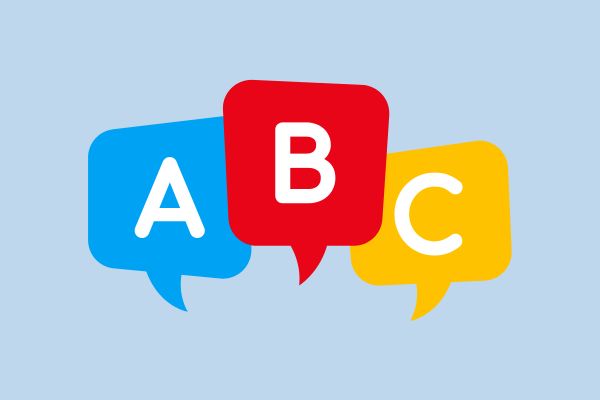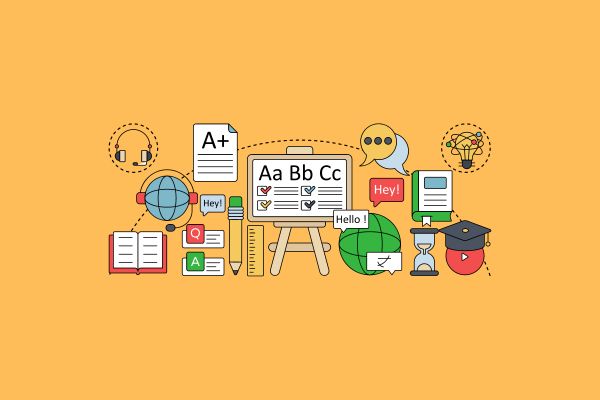Adjectives

In the colourful tapestry of language, adjectives wield the brush of description, adding vivid hues and shades to our words. As one of the essential parts of speech, adjectives play a crucial role in conveying the characteristics, qualities, and attributes of nouns.
They enable us to paint a more detailed picture of people, places, objects, and experiences, making our language vibrant and expressive. From the subtle nuances to the bold expressions, adjectives enrich our communication, making it more engaging and captivating.
In this comprehensive article, we will explore the world of adjectives, delving into their various types, functions, and significance in British English, along with numerous examples to illustrate their usage and impact.
Understanding Adjectives
At its core, an adjective is a word that modifies or describes a noun or pronoun. Adjectives provide essential information about the size, colour, shape, quantity, and other characteristics of the entities they accompany. By using adjectives, we can create more vivid and specific images, allowing our readers or listeners to immerse themselves in the world we describe.
Types of Adjectives
Adjectives come in various forms, each catering to a specific aspect of the description. Let’s explore the different types of adjectives and how they enhance the depth of language:
Descriptive Adjectives
Descriptive adjectives are the most common type and serve to describe the attributes or qualities of nouns.
Examples:
- The blue sky looked serene.
- She owns a big house.
Comparative Adjectives
Comparative adjectives are used to compare two or more nouns, indicating which one has a higher or lower degree of a certain quality.
Examples:
- He is taller than his brother.
- This book is more interesting than the previous one.
Superlative Adjectives
Superlative adjectives express the highest degree of a certain quality among three or more nouns.
Examples:
- The Nile River is the longest river in the world.
- This is the most delicious cake I’ve ever tasted.
Demonstrative Adjectives
Demonstrative adjectives point to specific nouns and help to indicate which one is being referred to.
Examples:
- Pass me that book, please.
- These shoes are too tight.
Possessive Adjectives
Possessive adjectives show ownership or possession of a noun.
Examples:
- This is my phone.
- Their house is located near our school.
Quantitative Adjectives
Quantitative adjectives indicate the quantity or number of nouns.
Examples:
- There are several books on the shelf.
- I need two cups of sugar for the recipe.
Interrogative Adjectives
Interrogative adjectives are used to ask questions about nouns.
Examples:
- Which car is yours?
- Whose book is this?
Indefinite Adjectives
Indefinite adjectives refer to non-specific nouns, indicating an unspecified quantity or identity.
Examples:
- I saw some birds in the park.
- He needs more time to complete the task.
Functions of Adjectives
Adjectives perform various essential functions in language, enriching our descriptions and making our expressions more precise and engaging.
Providing Description
The primary function of adjectives is to describe the characteristics and qualities of nouns.
Example:
The beautiful sunset painted the sky in hues of orange and pink.
Enhancing Specificity
Adjectives add specificity and detail to nouns, making our language more precise.
Example:
She wore a bright red dress to the party.
Comparing and Contrasting
Comparative and superlative adjectives allow us to compare and contrast different nouns.
Example:
This laptop is faster than the old one.
Demonstrating Proximity
Demonstrative adjectives help to identify nouns in relation to their proximity to the speaker.
Example:
This movie is excellent.
Indicating Ownership
Possessive adjectives express ownership or possession.
Example:
His car is parked in the driveway.
Asking Questions
Interrogative adjectives help us seek information about nouns.
Example:
Which book do you want to read?
Expressing Quantity
Quantitative adjectives specify the quantity or number of nouns.
Example:
There are many students in the classroom.
Common Mistakes with Adjectives
While adjectives are powerful tools for description, some common errors can occur in their usage. Let’s address these mistakes to ensure accurate and effective communication.
Proper Placement
Adjectives should be placed directly before the nouns they modify to avoid confusion.
Incorrect: The blue sky looked serene, and vast.
Correct: The blue and vast sky looked serene.
Using Superlatives
Superlative adjectives should be used when comparing three or more items, not just two.
Incorrect: She is the most tallest student in the class.
Correct: She is the tallest student in the class.
Redundancy
Using multiple adjectives that convey the same or similar meaning can lead to redundancy.
Incorrect: The small little kitten was adorable.
Correct: The little kitten was adorable.
Misusing Comparative Adjectives
Comparative adjectives should be used when comparing two items.
Incorrect: This is the most faster car I’ve ever driven.
Correct: This is the faster car I’ve ever driven.
Calling all law aspirants!
Are you exhausted from constantly searching for study materials and question banks? Worry not!
With over 15,000 students already engaged, you definitely don't want to be left out.
Become a member of the most vibrant law aspirants community out there!
It’s FREE! Hurry!
Join our WhatsApp Groups (Click Here) and Telegram Channel (Click Here) today, and receive instant notifications.





